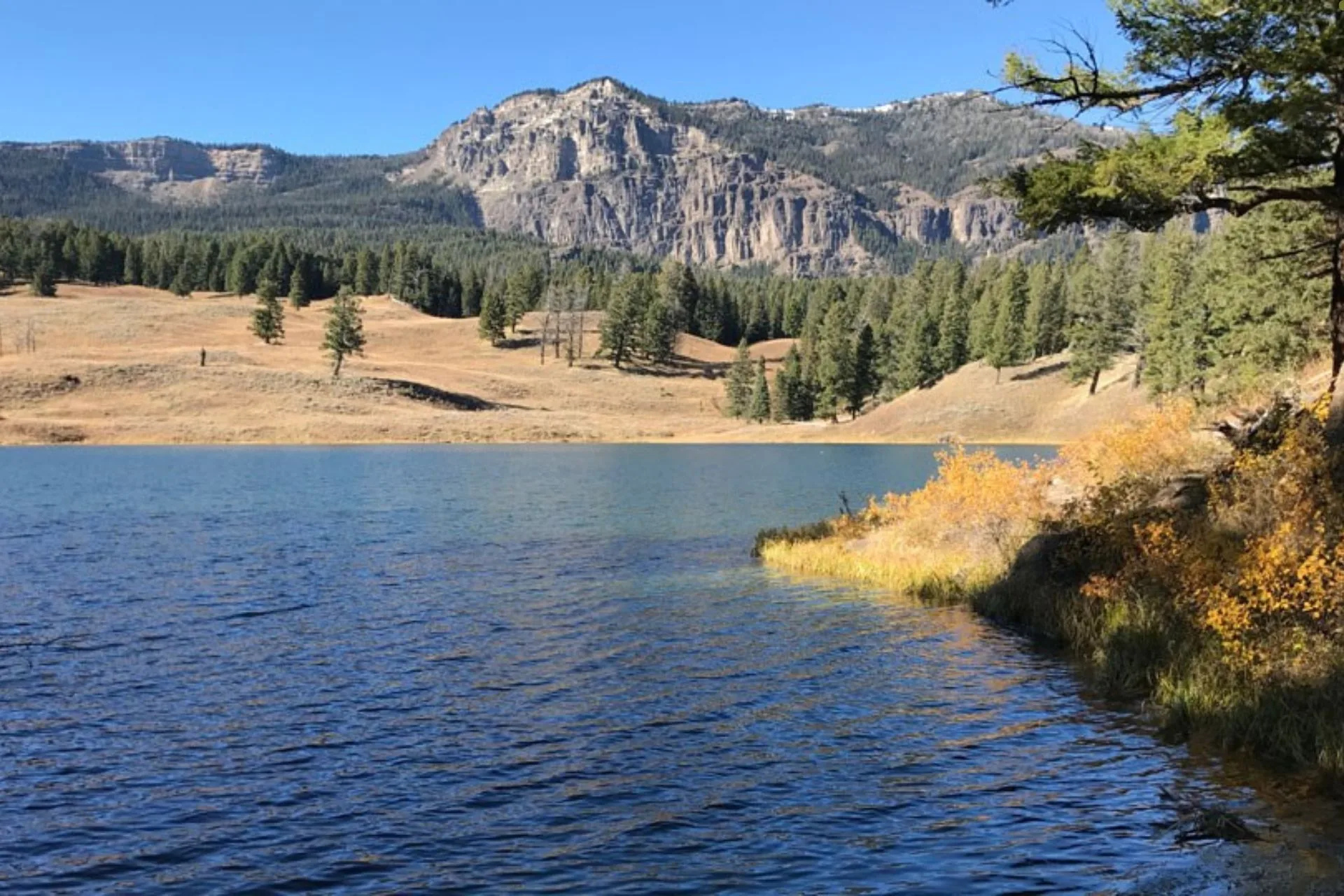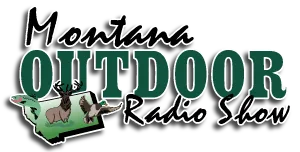The name says it all. A Lake full of Trout just sounds perfect. The more the merrier and the bigger the better!
Trout Lake is in Yellowstone Park, on the road to Cooke City. At just 12 acres, the lake does not seem huge, but the trout were and still are. This lake is home to some of the largest fish in Yellowstone Park. This lake is not for angling beginners.
The lake is one of a few lakes, which are along a tributary of the Soda Butte Creek. It sits in a bowl of a high alpine meadow. This fertile lake was one of the first hatchery lakes in Yellowstone Park. In the early 1900’s, the YNP service began introducing rainbow and cutthroat trout fry into the fertile lake. These fish grew fast and large. An old wagon road offered a route to carry adult fish out to the parks waters.
Seines were used to capture the free-range fish. Milk cans and watertight boxes were used to haul the fish. The cutthroats were 14-22 inches when caught for re-stocking. The rainbows grew much fatter and larger. The rich natural foods fed the fish so that they could grow massive in size.
I first fished this lake as a kid in the 1960’s. It took a hike, uphill, about a mile to get to the lake. The stories were all true. I had never seen so many monstrous trout in my life. The lake was full of weeds then which was home to damselfly nymphs and scuds. There were pockets of open waters in the casting range of the shore.
My fly casting was fair but using a spinning rod with a bubble allowed me to cast more accurately and further. The fly we used was a Zug Bug tied with an abundance of iridescent peacock herl. We put the fly into the open pockets and waited for the monster trout to attack our presentation. We took along a box full of flies!
Hooking trout was the easier part. Once hooked, the Hawgs would bury themselves back into the mass of weeds. Dragging them free was next to impossible. We lost many flies and rigs. Going with heavier lines meant less strikes. Light leaders just snapped. At one point we carried our 17-foot Grumman aluminum canoe up the hill to get into the lake. I got to help with the carry, but my dad and brother made me stay on shore with my mother. We always packed a nice picnic lunch and enjoyed the adventure. I also seemed to catch more trout from shore.
Despite the challenges, we still managed to land enough for dinner. My brother, Curt, once hooked a giant cuttie that he could see hooked and tangled in the weeds. He stripped down to his underwear and swam out to the fish. The water was freezing, and he quickly dove under and put his finger into the trout’s mouth. Coming back to the surface, with the trout on his finger but flopping away. The trout was well over 25 inches and several pounds. After a lot of splashing and flopping around, the trout got free, and my brother got mad!
Fishing this lake today offers the same challenges. The lake is no longer used for hatchery fish, but the trout still spawn in the small tributary that flows into it. There are also fewer trout than years ago. This creek has a small crossing bridge with a sign declaring” no harassing or fishing” in the small trout filled creek. When the fish spawn the creek is solid with fish, which also invites Grizzly bears. I don’t think we ever visited this lake without a bear sighting.
Your fly selection, and presentation need to be precise. Sizes 16-18 work best now. Back in the day we used much larger nymphs. If you can catch the lake with less weeds, a streamer or spinner can work. Wooly Buggers also offer an attractive choice.
Most of the fishing is by sight today. Stand still and wait for a trout to swim by. Watch your shadow and wear camo gear. Cast ahead of the cruising trout. If you cast too close, the fish will spook at once. Six feet of lead or more is best, especially if there is an opening in the weeds. Forget wading in the mucky lake bottom. I have seen guys in float tubes but the challenge of the cold water and landing the huge fish exists.
When I hook a Hawg, the goal is to keep the fish fighting on the surface, while reeling him in as fast as you can. Crank the drag down tight and use the best leader you can. On a normal trip I land one trout for 8-10 hook ups! Frustrating but great fun! These fish are earned.
Montana Grant




